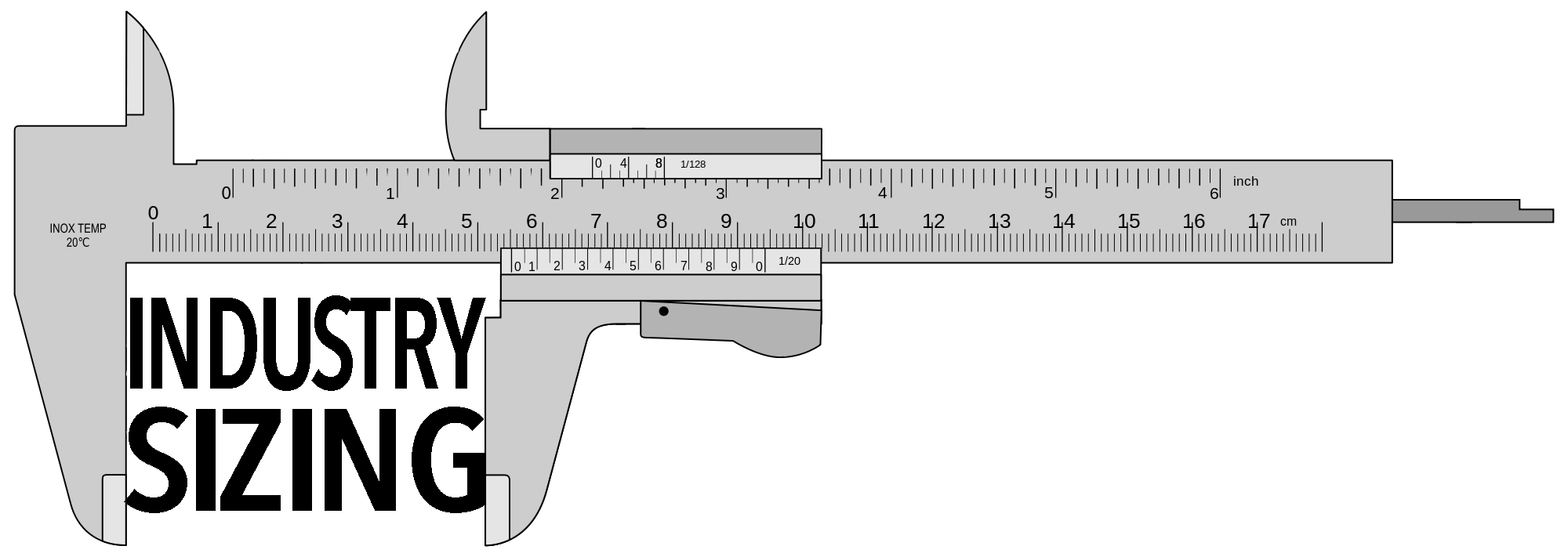
Steph Simpson
The great thing about body piercings and body jewelry in general, is the fact that as piercings are now so incredibly common and popular, there is a wide variety of different styles and options to choose from. Whilst piercings are far from being a new concept, the thing that helps piercings in the modern world really stand out and get noticed, is the fact that as there are so many different styles and varieties to choose from. Finding the right sized jewelry to suit your needs, tastes, and/or requirements has never been easier. Due to the fact that body jewelry is now available in a wide range of sizes however, you need to be sure that you do indeed find the perfectly sized jewelry that will not only work the best with your piercing, but also, and perhaps more importantly, that will also help protect you against infection and further health complications in the process. One thing that must be noted however, is that the length and diameter of body piercing jewelry can vary from each individual, so although there are general industry sizing guides to choose from, finding the ultimate perfect fit will depend solely on the individual in question. For best results it is recommended that you consult your piercer, as they will be able to provide more info and advice. Here we’ll be taking a look at a few examples of common standard sizing guides for body piercings however, to help provide a rough idea of what you should be looking for with each piercing you opt for.

Starter piercings – First and foremost, we’ll begin by taking a look at a size guide for starting piercings in general. Remember, these aren’t guaranteed to be a perfect fit for you, because as mentioned, each person is different.
Belly button piercings – Commonly, belly button piercings will be carried out using either a 12 gauge needle or a 14 gauge needle, which will then be followed up with jewelry in exactly the same size. So, if you have a belly button piercing performed using a 14 gauge needle, you will then have a 14 gauge-sized piece of jewelry. Some people opt for 10 gauge piercings however, to try to help fight against migration or rejection, both of which are very common with belly button piercings.

Cheek piercings – Cheek piercings are actually gaining popularity with each passing year, and as a result, finding the right cheek piercing jewelry has never been more essential. When it comes to these piercings, they are carried out using either 12 – 16 gauge sized labret studs, with anything smaller or larger not being recommended for starter piercings.
Earlobe piercings – Earlobe piercings are the most common form of piercing in the entire world, and these vary from around 18 – 20 gauge on average. There are some people that will use 22 gauge piercings, but generally, with starter piercings, 18 – 20 gauge is the size you can expect.

Lip piercings – With lip piercings, the type of gauge you can expect to have used on your lip will all depend on what type of lip piercing you are opting for. For example, if you opt for a medusa, a Monroe, or a labret piercing, you will generally have gauges used between 16 and 18 with labret studs. If however, the individual requires a more delicate form of piercing, a 20 gauge can be used. Horizontal lip piercings such as snake bites, are performed using 12 or 14 gauge circular barbells or captive bead rings. Again, remember these are just guides, and you can request smaller/larger sizes if you require.
Eyebrow piercings – With eyebrow piercings, the most common starting sizes used are either 16 or 18 gauge. When it comes to eyebrow piercings, and indeed belly button piercings as well, experts state that, generally speaking, the heavier the gauge that is used, the better off the individual being pierced will be. Eyebrow piercings are surface piercings that are notorious when it comes to rejection and migration, though experts have indeed found that the heavier the gauge used, the less likely these issues will be.
Septum piercings – When it comes to septum piercings, the two most common gauges used for starting piercings are 16 and 18 gauge. With that being said, 14 gauge piercings are also relatively common. Often septum piercings can be stretched slightly once fully healed, but for first-timers, heavier gauges aren’t recommended.



